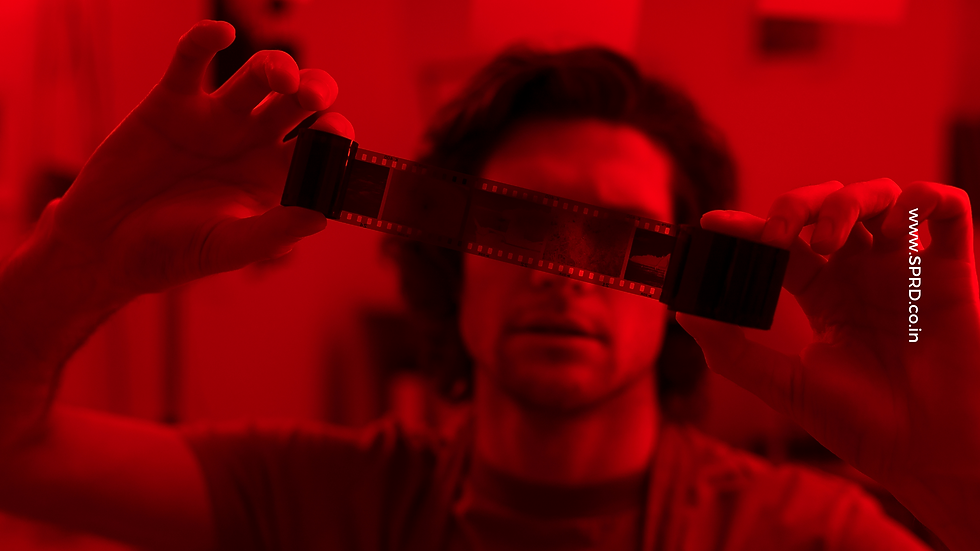Building Sustainable PR Strategies
- SPRD

- Nov 14, 2019
- 4 min read
Updated: Nov 24, 2023
In the field of media and entertainment, it’s widely known that PR and social media successes are not made in a day. One good post, even one good campaign, cannot ensure that brands remain in the public’s mind, let alone in a positive light. This often becomes the problem at the strategy level where planning is merely short term, missing out on the bigger picture and a more holistic goal.
PR is about sustained efforts, complete with the right volume of exposure, the appropriate frequency of posting and publishing, as well as the optimal nature of demographics covered over a span of time. You may be posting and publishing regularly, alongside getting a good number of features on a monthly basis, but you may end up neglecting key segments of your client’s audience. On the flip side, in a bid to reach out to all segments of your audience equally, you might be slow to churn out quality content that does everyone justice and can be featured in a range of publications. It’s a delicate balance, but it’s not impossible to achieve. So, what should PR teams focus on in order to ensure sustained PR exposure?
Know your audience
Your product or service was developed to answer a demand. The demand came from certain quarters, and probably widened its scope and even increased over time. The very people who need what you provide, also need to hear your voice. This is your audience. Understand them. What motivates them? What do they care about on a day-to-day basis as well as in the larger scheme of things? What are their concerns and where do they seek improvement? What do they feel you are accountable for as a brand? Is it social responsibility or a constant upgrade of products? The questions are numerous. Respect your audience by asking the right ones.
The fact about one-hit wonders in any field is that very often the hit is a fluke. And then everything else thereafter is just a complete miss. However, with the availability of user data that details everything from content consumption patterns to purchase habits, strategies can be built on solid ground. Insights according to gender, age, socio-economic status, occupation and even time of posting and accessing, all help to narrow down the audience segments and allow categorization of the communications strategy in line with this segmentation.
Keep the business in mind
PR campaigns and annual or quarterly communication plans must be built on concrete business goals and objectives. The benefits of aligning with business goals are two-fold. Not only will the final campaign help achieve organisational goals, but the content in question will give the reader an insight into the inner workings of your brand – something that always helps to increase brand recall. Ultimately, effective and impactful communication will help grow the business. Additionally, it is the brand’s values and vision that will actually speak to the consumer.
For instance, newer businesses may initially want to gain visibility, which means that volumes of good content work well. After establishing your client’s brand in people’s minds, you will also have a certain amount of consumer data to analyse and interpret. Now, perhaps the focus shifts to heavier publicizing of products and services. Here, you can afford to cut down on volume because potential patrons may not want to be bombarded with constant reminders of what you provide, especially if they already experience this via advertisements. In such a context, what matters is where your content appears. Social media has an almost ubiquitous reach, and therefore becomes a great way to reach the maximum number of people. However, in addition to this, identifying key publications to feature your brand stories and leaders’ insights is a good idea as each publication has its own audience. The knowledge of “who consumes what” can help you reach various niches within your target group.
Finally, when considering business goals, it’s important to prioritize once the goal-setting is done, and then to examine available resources to see what is actually achievable and what is unfeasible due to budget or talent constraints.
Don’t just think big
This is particularly in the context of features like brand stories and thought leadership pieces. While it is most desirable for your brand or client to be featured in the top most publications, this isn’t always possible. Additionally, these aren’t the only platforms that can add credibility to your voice. Many niche, subject-area specific and alternative media houses are also highly regarded in the community, and it’s important to take them seriously. Neglecting journalists and editors from such publications is a huge mistake in media relations. Remember, when the big-wigs do not have time or space to entertain your pitches, there are chances that representatives of smaller firms will. In a competitive space such as media, with stories dying as soon as they born, you will need all the resources you can get. So, nurture every connection you make.
In the end, PR is about the big picture, just as much as it is about that one great creative peaked in shareability and virality. There is a common thread in all the above three points. Know your audience in its entirety, down to every last segment; know the larger, overarching business goals that need to be achieved; and reach out to all publications that are relevant to your subject area – the common feature is the “whole”. The key? Going beyond individual campaigns, individual posts and one-time successes.
The article was first published on Reputation Today.




Comments